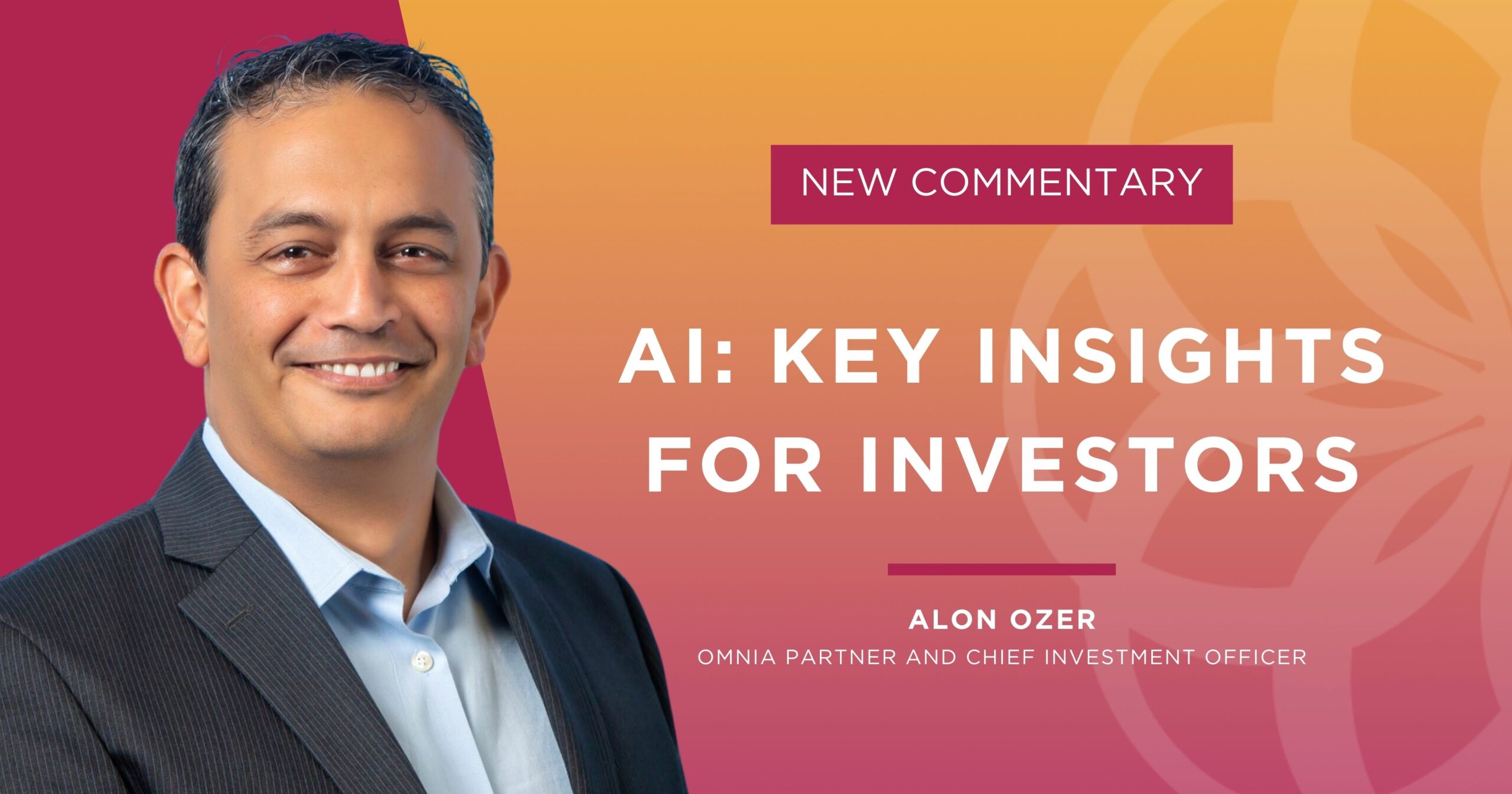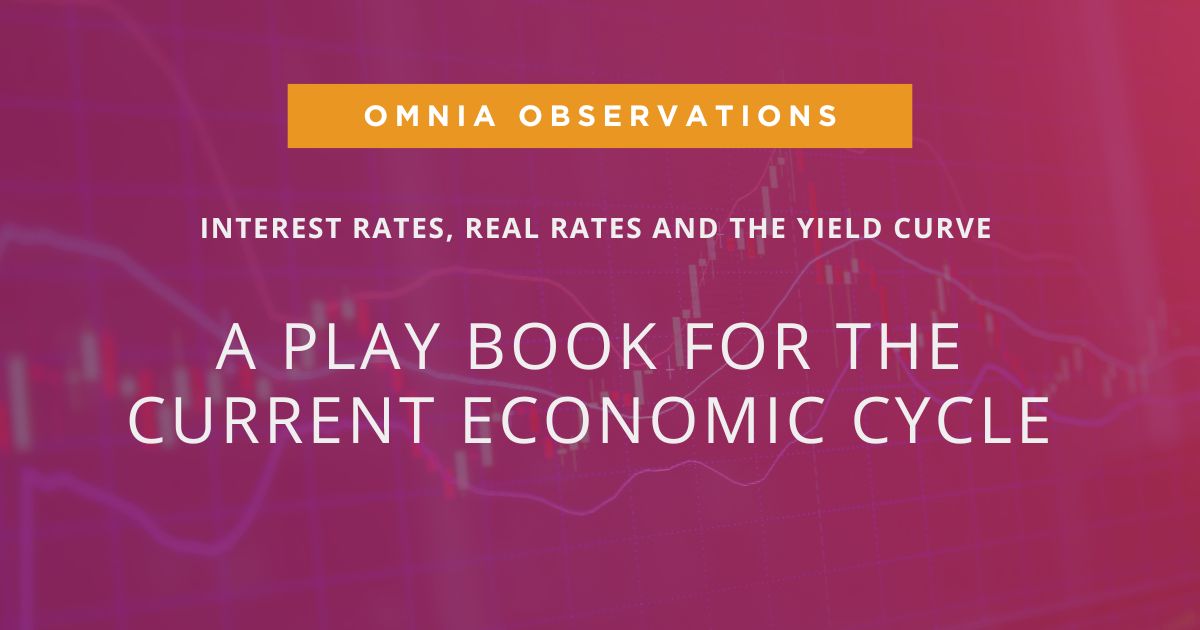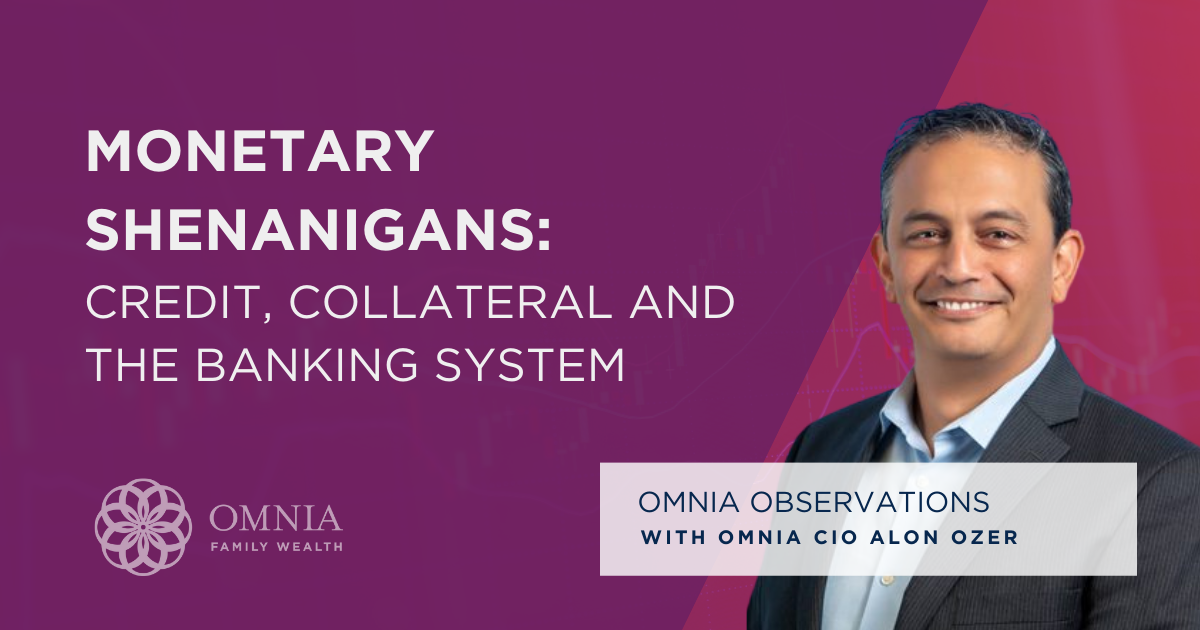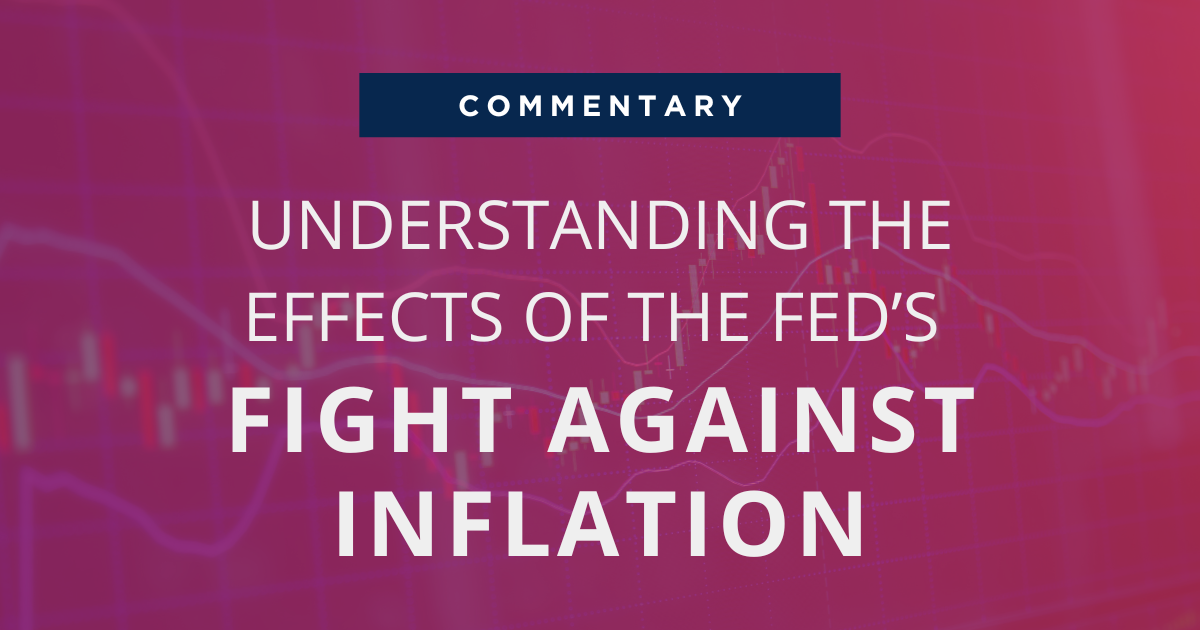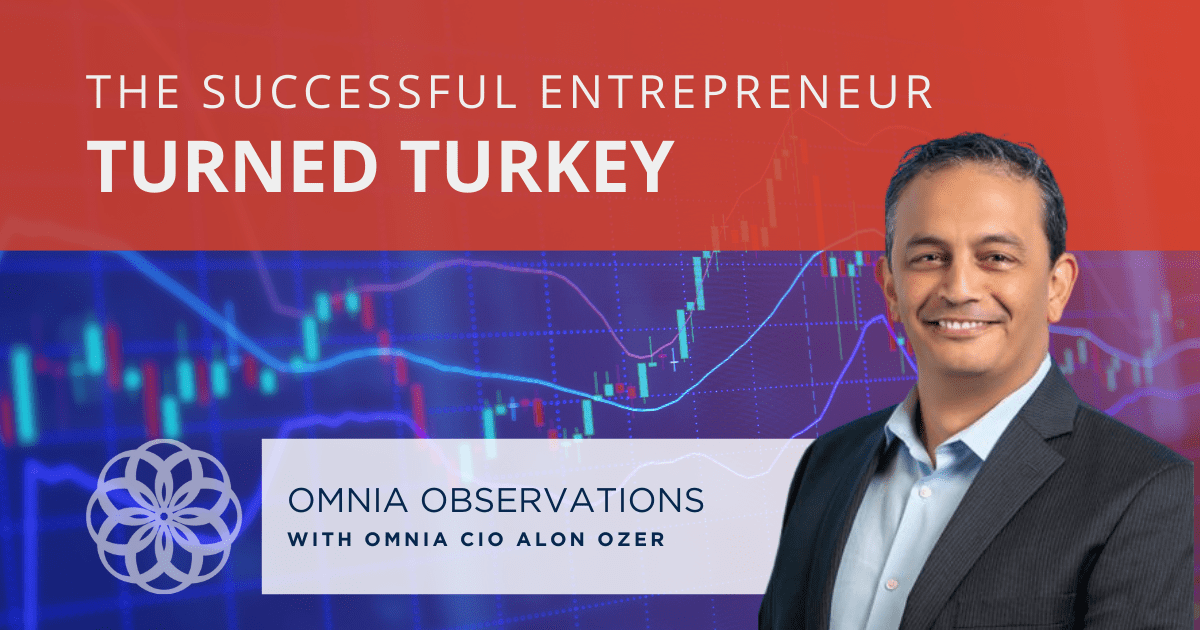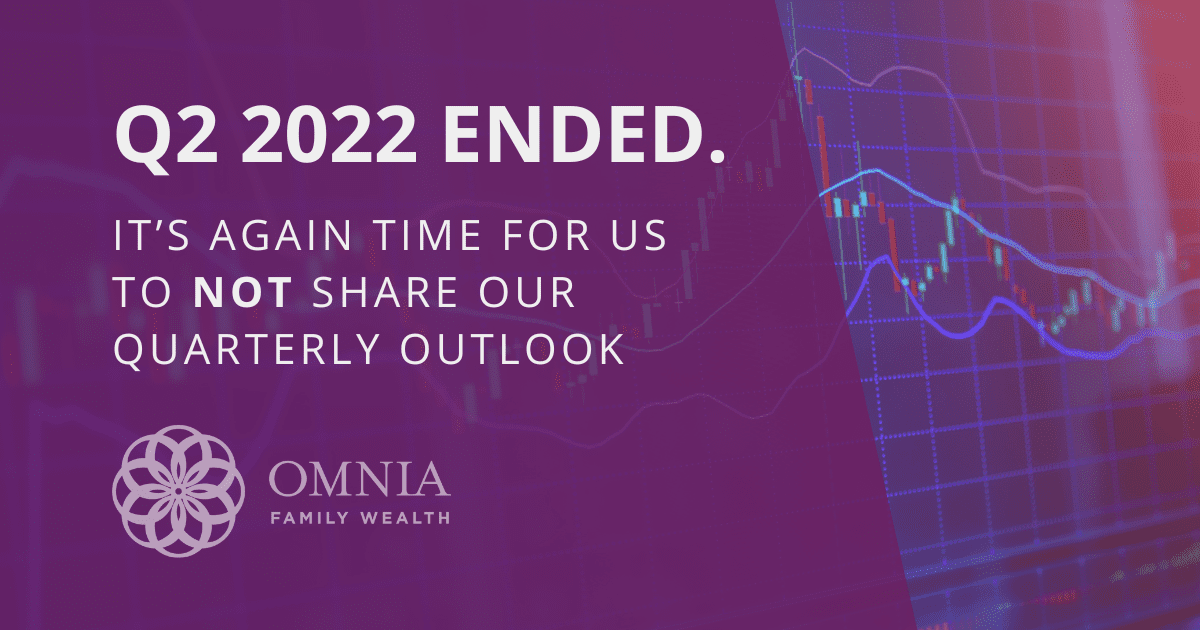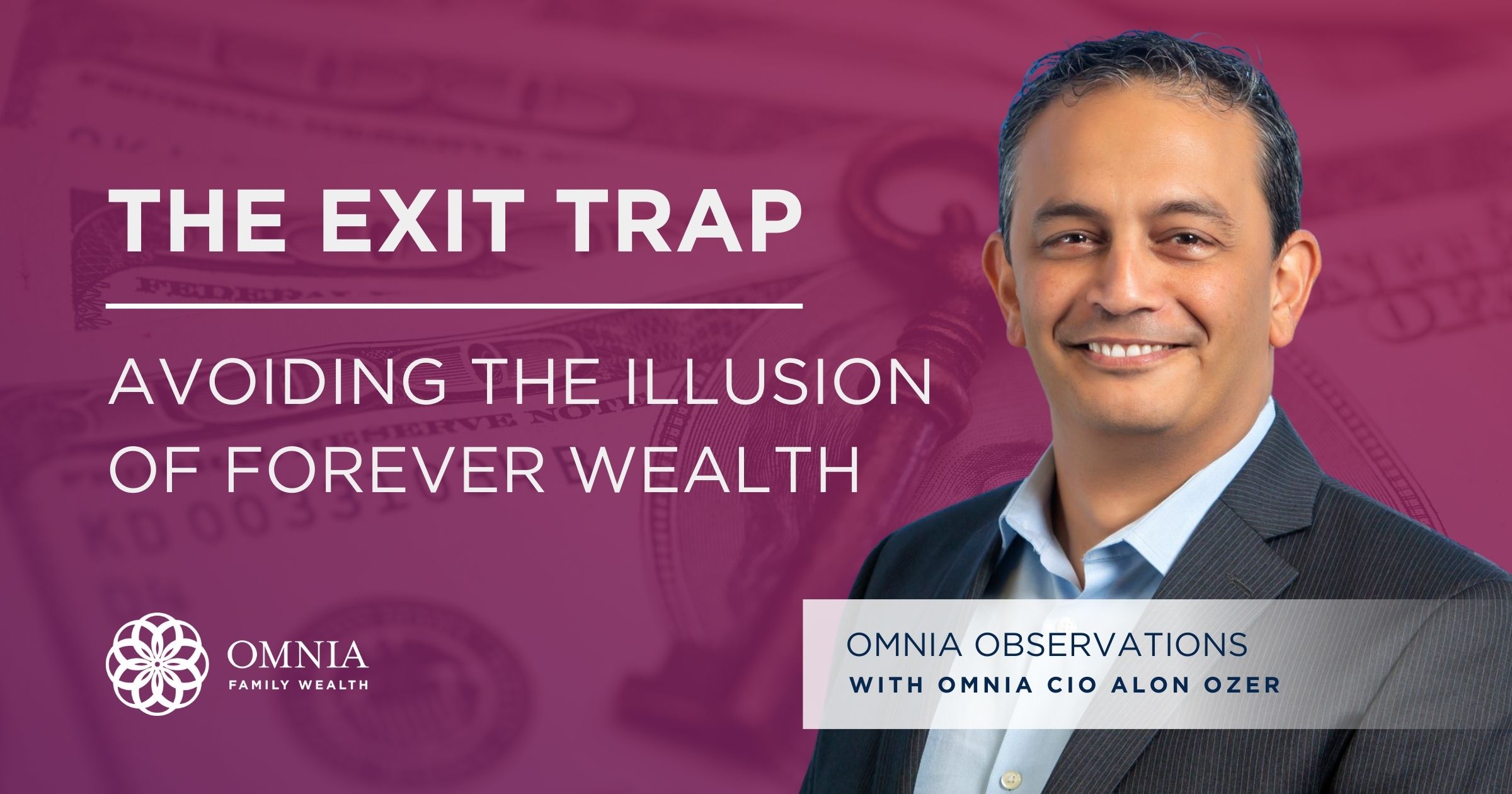
TRUMP’S TARIFF STRATEGY: A Comprehensive Overview
By: Alon Ozer, Chief Investment Officer and Lawrence Muscant, Executive Vice President
EXECUTIVE SUMMARY
Following the latest round of tariff announcements, markets saw a marked decline. While some financial analysts view this move as a significant misstep that could erode investor confidence, others see it as part of a broader effort to reshape the global economic landscape. Administration officials maintain their main goals are to address trade imbalances, invigorate US manufacturing, reduce reliance on foreign capital, and bolster America’s global standing — a campaign led by Treasury Secretary Scott Bessent through aligned trade policies, currency initiatives, and monetary support.
Yet these policies are not without considerable risk. As wealth managers, we endeavor to rise above the immediate news cycle and cut through the noise, to develop a clear perspective on the larger economic context. This approach helps us gauge how various shifts might impact investment portfolios in both the short- and long-term, enabling us to pursue informed strategies that serve our clients’ best interests.
UNDERSTANDING THE BIGGER PICTURE
The Administration’s strategy appears to center on three primary goals: reindustrializing the US economy, strengthening domestic supply chains, and restoring balance in international trade and capital flows. The reasoning behind these moves is that decades of globalization — particularly with major partners like China — have led to structural distortions that some believe hurt American workers and increased reliance on foreign investment. By revisiting these fundamental economic relationships, the Administration aims to address those imbalances and foster sustainable growth, even if it might cause short-term market volatility.
Although markets currently see the situation as disordered, the next steps may follow a defined path. First, tariffs are implemented to establish bargaining power. Then, currency policy steps in once conditions have settled. Finally, the Federal Reserve may intervene to keep markets steady. This approach is not entirely novel. In our assessment, a smaller-scale version was tried in 2018–2019 with minimal disruption. The crucial difference now is that this goes beyond merely tweaking trade deals — it represents a major shift in how the United States positions itself within the global economic framework.
THE ADMINISTRATION’S USE OF TARIFFS
From the perspective of the Trump administration, tariffs serve a purpose beyond increasing the cost of imported goods. By implementing targeted levies, the administration aims to address what it considers unfair trade practices, particularly from countries like China, which have been accused of intellectual property theft and benefiting from extensive government subsidies. Additionally, tariffs generate revenue that can help reduce reliance on higher domestic taxes.
Beyond these financial aspects, the administration believes tariffs convey a strong message to global markets and international partners: the United States is committed to reshaping its trade landscape. The strategy also intends to encourage companies to shift their supply chains toward domestic production, thereby increasing the administration’s leverage in future negotiations. Instead of a broad approach to protectionism, this strategy is focused on specific countries and industries, creating a measured level of disruption while signaling US priorities to investors and allies.
CURRENCY ACTION IS LIKELY
The administration’s next significant policy initiative may be centered around adjusting the value of the US dollar, but the timing is critical. Although a strong dollar can constrain exports and disadvantage domestic industries, it can also benefit foreign economies holding substantial US debt. Acting too swiftly, however, could unsettle financial markets, drive up interest rates, and undermine economic stability.
We believe current indicators suggest the administration may be waiting for two specific conditions to be met: a sustained decline in inflation, and increased stability in the bond market. Once these conditions are achieved, there are two likely courses of action:
A. Modern “Plaza Accord”
The US will collaborate with key allies to adjust the values of their currencies. Foreign governments will be encouraged to strengthen their domestic currencies and extend the maturity of their Treasury holdings — possibly into ultra-long, 100-year bonds. This would reduce short-term debt pressure on the US while promoting a global shift in demand.
B. Unilateral Action
If allies refuse to collaborate, the US may decide to take independent action by imposing fees or restrictions on official foreign holders of its debt, specifically central banks, while exempting private investors. This targeted approach aims to limit the use of US debt as a “reserve weapon,” while complying with existing tax agreements.
Regardless of the path taken, the Federal Reserve is expected to take proactive steps to reduce market volatility. This could involve introducing new quantitative easing measures or implementing yield curve controls. The overall strategy appears to be thoughtfully planned: starting with tariffs, followed by adjustments to the dollar, all supported by the Federal Reserve to help create stability in the financial system.
THE INTERSECTION OF NATIONAL SECURITY AND ECONOMICS
Another significant change is the tighter integration of trade and defense policy, indicating a departure from the traditional ways the United States has engaged on the global stage. In this new framework, economic cooperation and security ties are closely linked. Countries that align with US trade and currency positions can expect greater market access and stronger defense collaboration, while those that resist may face economic consequences and weakened military partnerships. This approach introduces a powerful new form of leverage by merging economic and geopolitical interests, but it also adds complexity. Established allies, such as Europe and Japan, are still adjusting to this new dynamic, while emerging markets may increasingly feel pressured to “pick sides” as the realignment progresses.
ONGOING RISKS AHEAD
Unsustainable Debt
A significant, yet often overlooked, risk arises from the enormous size of US debt. The administration is trying to manage this situation without first reducing the debt-to-GDP ratio. This strategy is inherently risky because it limits flexibility, increases borrowing costs, and heightens the chances of a dangerous feedback loop. Any policy action that disrupts bond markets or weakens demand for Treasuries could trigger a full-blown funding crisis. Effectively managing these risks will require precise timing, clear communication, and close coordination between fiscal and monetary authorities.
Execution
While the administration’s plan may seem theoretically sound, it encounters significant challenges in practice. Foreign investors are rapidly withdrawing capital from Treasuries, retaliatory tariffs are increasing abroad, and reshoring initiatives are proving more complicated than expected due to supply chain bottlenecks. Concurrently, persistent inflation is raising the risk of stagflation.
To tackle these issues, the administration may need to manage bond yields effectively. It might also consider temporarily easing import restrictions on essential goods, even if they come from strategic rivals, to expedite industrial recovery. Furthermore, we think providing clearer communication about planned currency interventions is essential.
Additionally, developing a sector-specific roadmap for tariff relief and reinvestment, as well as strengthening alliances to ensure that defense realignments do not lead to hostility, will be vital for maintaining progress and minimizing unintended consequences.
HOW OMNIA’S G.R.I.D. METHODOLOGY KEEPS US ALIGNED
Periods of high volatility highlight the importance of Omnia’s G.R.I.D. Asset Allocation Framework, which focuses heavily on two key factors: growth and inflation. We categorize the economic landscape into four macro environments:
1. Bloom: rising growth, rising inflation
2. Goldilocks: rising growth, falling inflation
3. Stagflation: slowing growth, rising inflation
4. Bust: falling growth, falling inflation
Every investment environment presents its unique risk-reward dynamics, and we strategically position our portfolios to reflect these nuances. Whether we are engaging with equities, investing in tangible real assets, navigating the complexities of credit, or optimizing our holdings in cash, we strive to meticulously align our exposures with the demands of the prevailing macroeconomic landscape. The goal of our approach is for our investment strategies to be both responsive and informed, as we seek to maximize potential returns while managing inherent risks.
Omnia’s investment approach is built on four core beliefs: markets are unpredictable, so preparation is crucial; effective risk management drives long-term returns; valuations impact future gains; and understanding cyclical shifts helps us identify opportunities and reduce risk.
By combining macro awareness with disciplined asset selection, we believe G.R.I.D. allows us to protect and grow our clients’ wealth in various market conditions.
FINAL THOUGHTS
What we are witnessing today may be less about nationalism and more about rewriting the rules of the game after decades of global economic imbalances. This is an ambitious plan designed to unfold over years, not months, and it integrates multiple policy levers — trade, defense, monetary, and fiscal — to achieve lasting structural changes.
Of course, such a far-reaching agenda comes with inherent risks. Foreign capital flows, inflation, supply chain bottlenecks , and geopolitical tensions could complicate an already intricate landscape. However, within this complexity may lie opportunities. Our task is to understand the underlying strategy, anticipate how its various components might shift market dynamics, and build portfolios that are not just reactionary but also resilient and future focused.
Through disciplined macro analysis, proactive risk management, and a willingness to adapt, we aim to guide investors in navigating near-term volatility while positioning them to benefit from the long-term realignment occurring in the global economy.
IMPORTANT INFORMATION
Omnia Family Wealth, LLC (“Omnia”) is a registered investment advisor. Advisory services are only offered to clients or prospective clients where Omnia and its representatives are properly licensed or exempt from licensure. Information in this message is for the intended recipient[s] only. Please visit our website https://omniawealth.com for important disclosures. For current Omnia Family Wealth information, please visit the Investment Adviser Public Disclosure website at www.adviserinfo.sec.gov.
No investment strategy or risk management technique can guarantee returns or eliminate risk in any market environment. All investments include a risk of loss that clients should be prepared to bear. Diversification does not ensure a profit or guarantee against loss.
The views expressed in this commentary are subject to change based on market and other conditions. These documents may contain certain statements that may be deemed forward looking statements. Please note that any such statements are not guarantees of any future performance and actual results or developments may differ materially from those projected. Any projections, market outlooks, or estimates are based upon certain assumptions and should not be construed as indicative of actual events that will occur.
All information has been obtained from sources believed to be reliable, but its accuracy is not guaranteed. There is no representation or warranty as to the current accuracy, reliability or completeness of, nor liability for, decisions based on such information and it should not be relied on as such.

